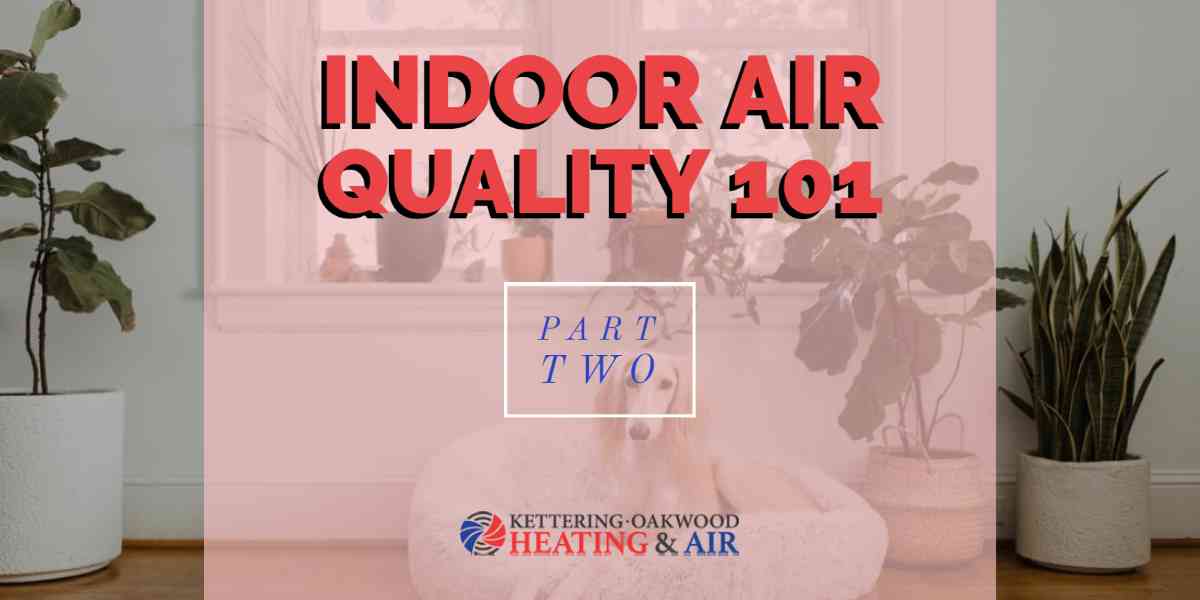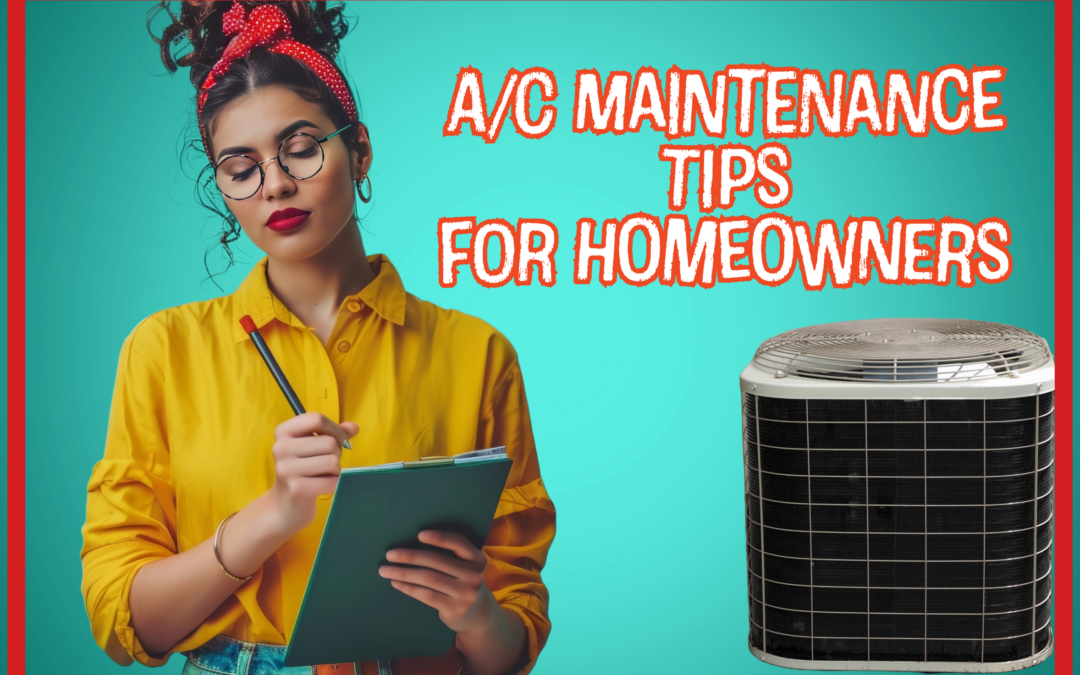In Part 1, we explained why Indoor Air Quality is such an important health issue in today’s world. We explained that this issue is especially consequential in our modern times because we spend more of our time inside than ever before. It’s true: Nearly 90 percent of the time, Americans are indoors, whether it be at home, or work, or the gym, or a restaurant or some other social function. Pair this staggering fact with the fact that most people have a misconception about air pollution; people tend to affiliate pollution as being almost exclusively an outdoor problem in bigger cities. They imagine smog, exhaust from vehicles and smoke lingering among skyscrapers. The truth is quite the opposite, health officials say, as the air we breathe in our dwellings and workplaces is often up two to five times more contaminated with various pollution particles than the air outside ⸺ even the most industrialized U.S. cities with the biggest populations.
In this article, today we will explore some of the prevalent types of indoor air pollution here in the U.S. and what types of health problems they cause.
Keep in mind, as we delve into this, that air pollution in our homes and places of work isn’t something new. Research indicates it has improved in recent times. And yet despite this, the general public is still unaware for the most part about how serious the health risk is; some of these more common types of airborne pollution particles and gases can lead to health problems; they have an affect on your mood, your brain function, your well-being, and your energy levels. In some severe cases health officials say it can cause chronic health conditions and even lead to death.
According to the World Health Organization, the risks of indoor air pollution are most catastrophic in low income homes, where studies show it has caused the greatest damage.
Types of Air Pollution in Your Home, Workplace
Perhaps it’s best to think of indoor air pollution as an invisible enemy, because fewer real “enemies” have caused more damage across the country. With most of these particles and gases being indiscernible by the naked eye, indoor air pollution isn’t noticed because it’s microscopic and invisible, except in cases of smoke or clouds of dust or dirt, for example. The growing body of scientific research on the matter continues to uncover a myriad of different types of impurities, toxins, gases and poisons. The following list identifies the most common sources of indoor air pollution:
- Asbestos and other waste from degraded insulation
- Smoke from cigarettes, tobacco
- Smoke from wood-burning stoves, fireplaces and candles
- Pesticides and other toxic chemicals
- Carbon monoxide, radon and other dangerous gases
- Mold and mildew
- By-products of fuel-burning appliances
- Dust mite waste and other dust particles
- Waste particles coming off of animals, like pet dander, fur and dead skin
- Outdoor air pollution coming into a home or building
- Construction materials and furnishings from home renovations and repairs
- Spray products or solvents for household cleaning and maintenance
- Aerosol and other waste
- Waste from products used for hobbies or personal care
- Pollens grasses, and grains
- Fumes from cooking and food particles
- Volatile Organic Compounds
Why Should You Take Indoor Air Pollution So Seriously?
Sometimes these microscopic impurities wafting around in our homes are brought indoors from the outside, transported courtesy of foot traffic ⸺ we bring them in ourselves in addition to our loved ones and pets and visitors. Once they’re indoors, they usually settle onto our floors, especially our carpets or rugs or other kinds of flooring. Furniture is another common place they tend to get themselves lodged into or anything with fabric. Once a homeowner fully grasps this, and realizes how much is being brought in, they realize why making everyone take their shoes off upon entering is suggested.
Once these impurities make their way inside, it is only a matter of time before they get kicked back up into the air you breathe. In homes lacking sufficient ventilation and/or a satisfactory air filtration system, some of this stuff can lead to inevitable physical symptoms, or even subtle health problems. Some of the symptoms are so subtle, or take so long to manifest, that it’s common for certain forms of air pollution to already be a problem in a home.
Health officials explain how some symptoms are immediately obvious. Other symptoms can take a period of time before they are noticeable. When it takes years to find out about certain types of household air pollution, there are times and situations in which they aren’t discovered until it’s too late.
A variety of facets and circumstances influence the various ways in which your health can be affected from breathing in air pollution in your home or place of work, where we spend the majority of our time. Some of these factors include how healthy you are, the strength of your immune system and your age, as well as the particular categories and kinds of pollution present and their concentration levels. Regardless of any of that, the benefits of guaranteeing your residence has proper ventilation and sufficient and effective air filtration are many, and they are well worth the nominal one-time cost. This is true because health officials say because there are situations of the more grave variety in which testing a home and maintaining optimal indoor air quality has saved lives.
Immediate Symptoms of Indoor Air Pollution
Of the more common short-term symptoms of Indoor Air Pollution a person might develop a feeling of soreness or irritation of the throat, or sneezing, coughing, or breathing difficulties. These symptoms might appear alone, asymptomatic, or together in various ways. You might notice irritation of the eyes and/or nostrils or nose, or dry or irritated skin. Additional indicators include feeling nauseous or tired or dizzy. Some people experience fatigue; some people develop unexplained migraines or headaches. Keep in mind, these symptoms aren’t automatic evidence of an air quality or air pollution problem. However, if you are experiencing them in your home or workplace, it’s a good sign that you might want to investigate the matter.
Finally, people who develop allergy symptoms or struggle with asthma, if symptoms show up or get worse, you would be wise to take charge of your health and well being by having a professional test your indoor air quality. Indoor Air Quality has far more far-reaching health implications than most people realize!
The Darker Side Indoor Air Pollution and the Severe Risks
As we now move into the darker side of the common risks of air pollution in our homes and workplaces, we should warn you: Some of this information might seem unsettling.
That is because these more severe consequences can create long-term health conditions that take many months, possibly even years, to come to the surface. Usually, they culminate after perpetual or repeated exposure to certain contaminants over a duration of time. If someone is breathing in some of this stuff regularly over time, it can cause long-lasting chronic health conditions like heart and/or lungs disease in addition to all kinds of respiratory problems. The wrong kinds of contamination in the air you’re breathing can trigger the development of cancer or even become fatal. On the other hand, we should also note, there are deadly forms of pollution, like carbon monoxide for one, that don’t require prolonged exposure; these more serious poisons can become fatal in a very short amount of time. Because of the severity of danger, health officials are striving to increase awareness nationwide because, as discussed previously, Americans spend the vast majority of their time indoors.
Safeguard Your Indoor Air Quality Today and Protect Your Health and Safety!
We at Kettering-Oakwood Heating & Air, work hard to ensure our customers have a positive Five Star HVAC experience every time, and strive to ensure year-round comfort in Ohio’s extreme temperatures. At the same time, we also believe your safety, health and well-being is even more essential. We realize your Indoor Air Quality plays a huge role in this regard, as well as the health, safety and wellbeing of all those in your home. Although this information from the EPA may seem drastic, we only present it to increase awareness about the significance of your Indoor Air Quality. In so doing, we believe you can make more informed choices concerning your air quality. Those choices start with proper testing to identify and eradicate sources of pollution you and your family might be exposed to. If you are interested in having a certified professional test your home, or if you’d like to learn more about any one of our air quality services or products, please give us a call today at 937-502-3842, or click here to set up an appointment now.
We look forward to speaking with you, and placing your mind at ease so you can breathe easier with peace of mind in the realization your home is safe and your air is clean!
Indoor Air Quality 101: Part 1






